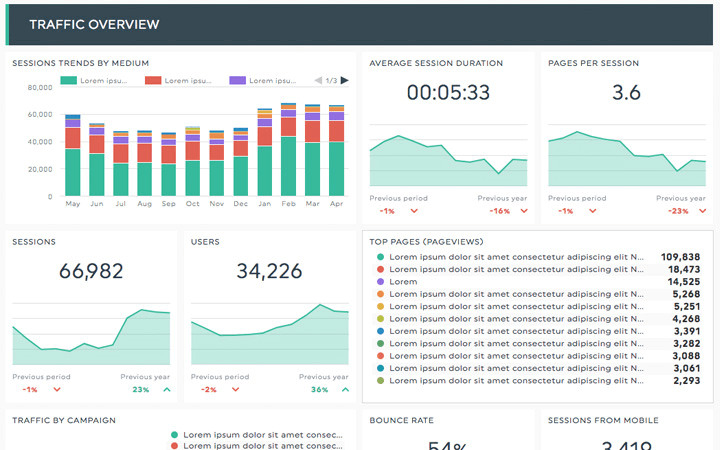What is the number of sessions per user?
The number of sessions per user is the average number of times a person visits a website per month. It's a critical metric because it tells you how engaged your users are with your website.
A high number of sessions per user means that people love your website and keep coming back for more. Conversely, a low number of sessions per user might mean that people aren't finding what they're looking for on your site or don't like it.
This metric is sometimes referred to as "page views" or "page hits". It's not actually about how many pages were viewed — it's about how many times someone visited the site during a period of time (usually one month). That means if someone visits the site twice in one day, they get counted twice! But if they visit once every week for five weeks, they'll only get counted once in that month's metrics.






